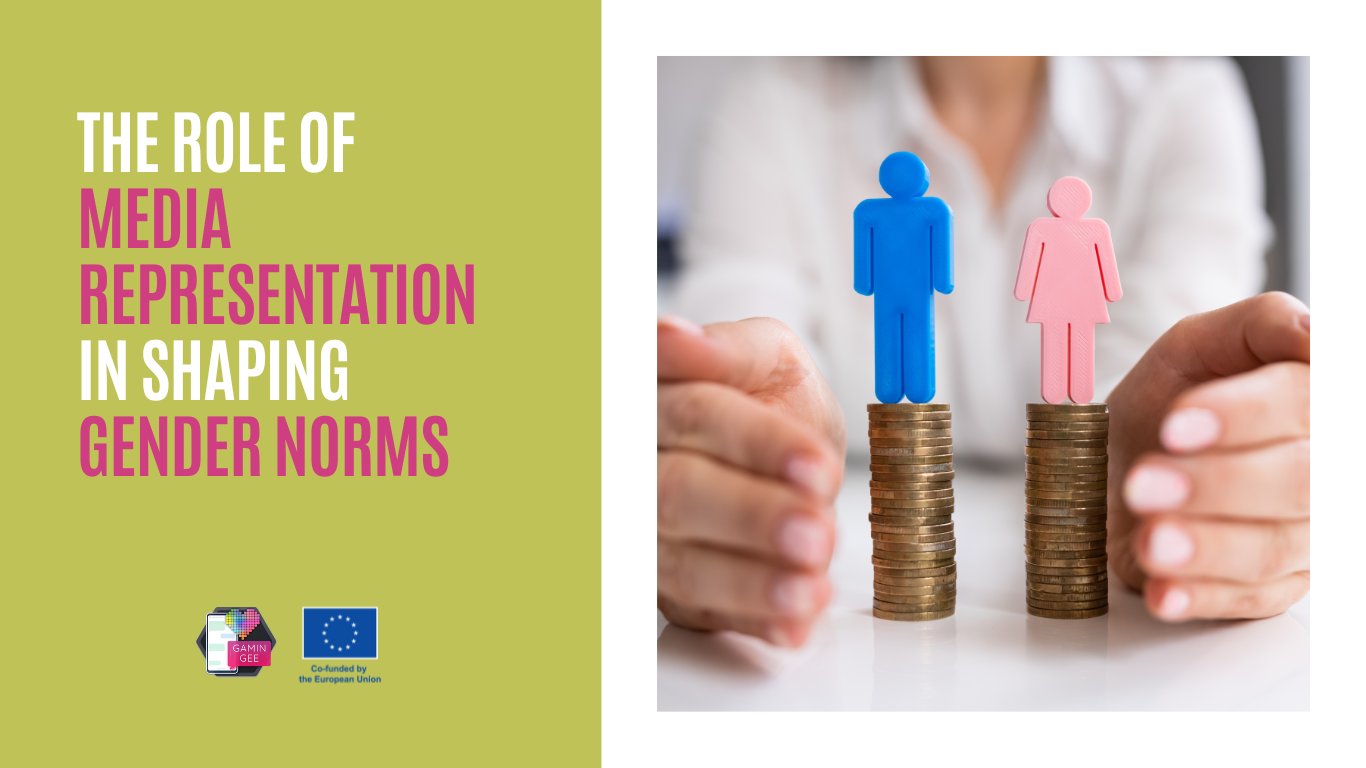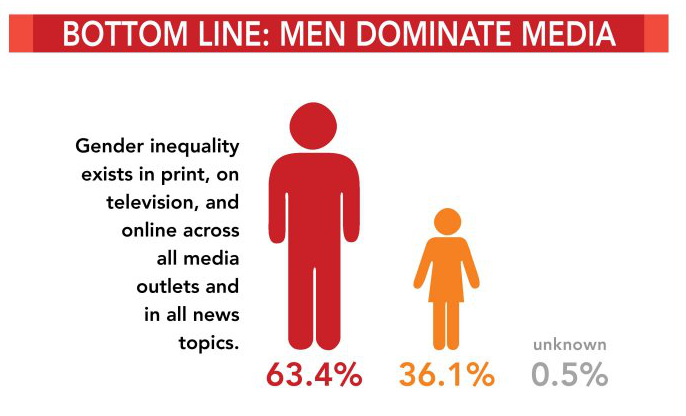
Media representation plays a crucial role in shaping societal gender norms, influencing perceptions and behaviors related to gender identity. Among its many influences, media plays a crucial role in shaping and reinforcing gender norms—societal expectations about what it means to be male or female. Through various forms of media, from television and films to advertisements and social media, representations of gender have a significant impact on how individuals perceive themselves and others. This article examines how media representation shapes gender norms, highlighting both its influence and the ongoing efforts to challenge these norms.
The Influence of Media on Gender Norms
Media serves as a powerful tool in shaping cultural narratives and societal expectations. Research indicates that media representations often reinforce a dominant ideology, portraying men as superior and women as subordinate. This hegemonic portrayal perpetuates traditional gender roles, where men are associated with strength and assertiveness, while women are linked to nurturing and submissiveness. (1) (2)
Research from the Geena Davis Institute on Gender in Media underscores this point. In a study of family films, the institute found that male characters outnumber female characters nearly 3 to 1 (3). Moreover, female characters are more likely to be sexualized, often depicted with unrealistic body types and serving as accessories to male protagonists. These portrayals reinforce the idea that a woman’s value is tied to her appearance and her ability to support male characters, perpetuating limiting gender norms (3).

Source: http://www.genderandeducation.com/resources-2/media-coverage/
Stereotypes and Their Consequences
Stereotypical representations in media can have profound effects on individual beliefs and societal norms. Children and adolescents, who are in the process of forming their identities, often look to the media for cues on how to behave and what to aspire to. Studies show that exposure to these representations correlates with the internalization of restrictive gender roles, leading to detrimental outcomes such as increased sexism, harassment, and violence against women.(3) For instance, women frequently encounter hyper-sexualized roles in advertising and film, which can contribute to body image issues and mental health challenges, including eating disorders and anxiety. (4)
The concept of symbolic annihilation highlights how the underrepresentation of women in media reinforces the notion that they are less important or less capable than men. This underrepresentation not only skews public perception but also limits the role models available for young girls, affecting their aspirations and self-image. (5)
For instance, girls who are exposed to media that emphasizes beauty and domesticity may internalize these traits as their primary attributes, leading to lower self-esteem and reduced aspirations in fields like science, technology, engineering, and mathematics (STEM). Conversely, boys exposed to hyper-masculine portrayals may feel pressured to conform to ideals of aggression, emotional stoicism, and dominance. The American Psychological Association (APA) has noted that these media portrayals contribute to issues such as toxic masculinity, which can have far-reaching effects on both individual behavior and societal norms (6).
The Role of Social Media
The rise of social media has further complicated the landscape of gender representation. While it offers a platform for diverse voices, it also perpetuates traditional stereotypes. Content that emphasizes physical appearance and sexualization remains prevalent, influencing young audiences and reinforcing harmful norms. Conversely, social media can also challenge these stereotypes by providing alternative narratives and showcasing a broader spectrum of gender identities and expressions.
Movements like #MeToo and #BodyPositivity have gained significant traction on social media, driving conversations about gender and representation. These movements not only highlight the shortcomings of traditional media but also empower individuals to demand more accurate and diverse portrayals of gender. Research published in Sexualities underscores how these movements have shifted the public discourse on sex, power, and gender, making social media a catalyst for cultural change (7).
The Ongoing Challenges
While progress has been made, significant challenges remain in achieving true gender equity in media representation. The entertainment industry continues to be dominated by male creators, resulting in a lack of diverse perspectives in storytelling. Even when diverse characters are portrayed, they are often subjected to “tokenism,” where their presence is more symbolic than substantive, lacking depth and complexity.
Gender roles in advertising also remain a significant issue. Despite some progress, many advertisements still rely on outdated gender stereotypes. A study published in the Journal of Advertising Research found that men are more likely to be depicted in authoritative roles in commercials, while women are often shown in domestic settings or as objects of desire (8). These portrayals continue to reinforce harmful gender norms, demonstrating that there is still much work to be done.
Media representation is a significant factor in shaping gender norms and societal expectations. By understanding the implications of these representations and advocating for more equitable portrayals, society can move toward a more inclusive understanding of gender that empowers all individuals. The ongoing challenge lies in fostering media literacy and promoting content that reflects the complexity and diversity of human experiences. The future of gender representation in media will likely be shaped by ongoing advocacy and the continued democratization of media production. As more voices enter the conversation, the potential for media to reflect a more inclusive and equitable understanding of gender becomes increasingly attainable. However, achieving this goal will require sustained effort from creators, consumers, and advocates alike.
References:
- (1) https://www.studysmarter.co.uk/explanations/social-studies/the-media/representation-of-gender-in-the-media/
- (2) https://www.mediasupport.org/the-crucial-role-of-media-in-achieving-gender-equality/
- (3) Geena Davis Institute on Gender in Media. (2019). “See Jane Report.” Retrieved from seejane.org
- (4) Santoniccolo, Fabrizio, et al. “Gender and media representations: A review of the literature on gender stereotypes, objectification and sexualization.” International journal of environmental research and public health 20.10 (2023): 5770.
https://eavi.eu/gender-representations-in-media/ - (5) American Psychological Association. (2017). “The impact of media use and screen time on children, adolescents, and families.” Retrieved from apa.org
- (6) Millard, J. W., & Grant, P. R. (2006). “The Beauty Bias: Does Unveiling Media Images of ‘Ideal’ Body Shapes Influence Women’s Body Dissatisfaction and Intolerance for Overweight Individuals?” Journal of Social and Clinical Psychology, 25(5), 634-650. doi:10.1521/jscp.2006.25.5.634
- (7) Eisend, M. (2019). “Gender Roles in Advertising: Measuring and Comparing Gender Stereotyping on Public and Private TV.” Journal of Advertising Research, 59(3), 285-295. doi:10.2501/JAR-2019-018



Leave A Comment